Economic
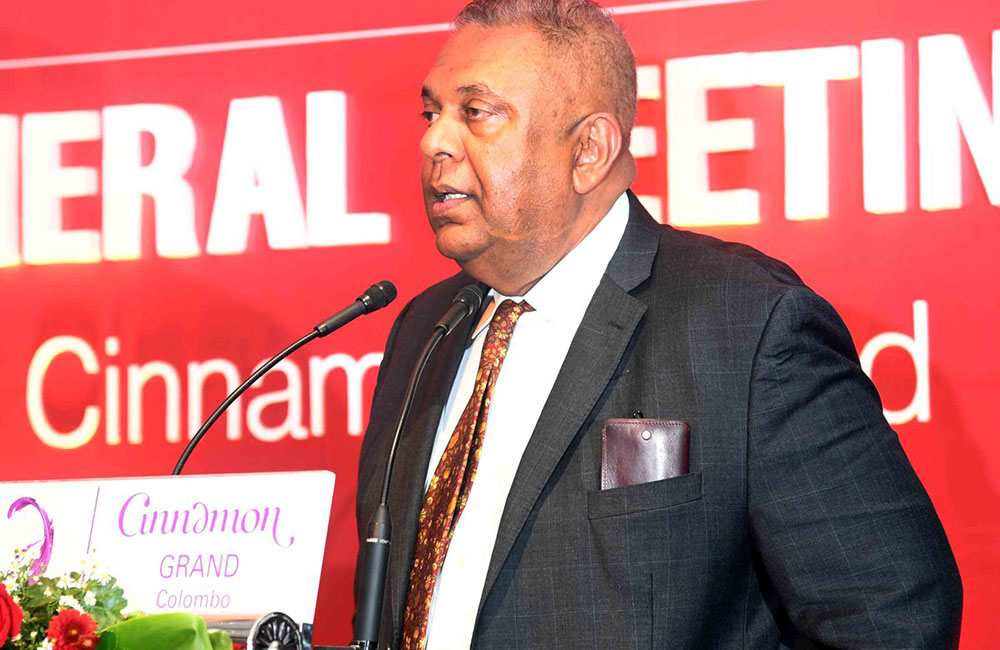
Depreciation of LKR far less than other Asian countries: Mangala
Although much has been said about the recent depreciation of the currency, the Sri Lankan Rupee has depreciated by 3.3%, much less than other Asian countries, Finance and Media Minister Mangala Samaraweera said.
“Whilst the Sri Lankan Rupee has depreciated 3.3% this year, the Indian Rupee has depreciated by 8%, the Pakistani Rupee by 10.5%, Indonesian Rupiah by 5.2%, and Thai Bhat by 5.4%”, the Minister added.
The Minister made these remarks at the AGM of the Ceylon Chamber of Commerce held yesterday (28).
Samaraweera further said that the government is of the view that the currency should be determined by market forces.
“The recent depreciation of the Rupee is due to external factors, particularly the rise in policy interest rates in the United States. This has affected all emerging and frontier market economies all over the world”, he said.
Amidst a turbulent global economic environment with disruptions in global interest rates, oil markets, geopolitical security concerns in the Middle East, and political turnover in Europe, Sri Lanka’s economy has been navigated into calm waters.
“The focus of the Ministry of Finance, the Central Bank, and other economic bodies in government has been on macroeconomic stabilization over the past 3 years. Inflation has declined to 2.1% in May 2018, a manifestation of concerted efforts to bring down the cost of living. Interest rates have moderated as the prime lending rate has declined by over a 100 basis points in the last 12 months. Today’s Prime Lending Rate (PLR) has dipped below 11%. Sri Lanka’s official reserves have reached comfortable levels of US$ 9.9 billion by end April”, the Minister said.
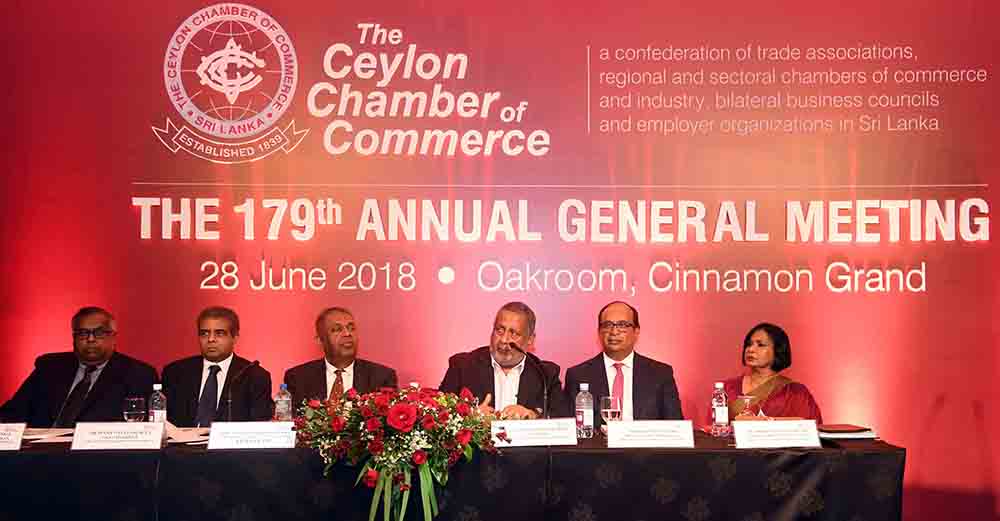
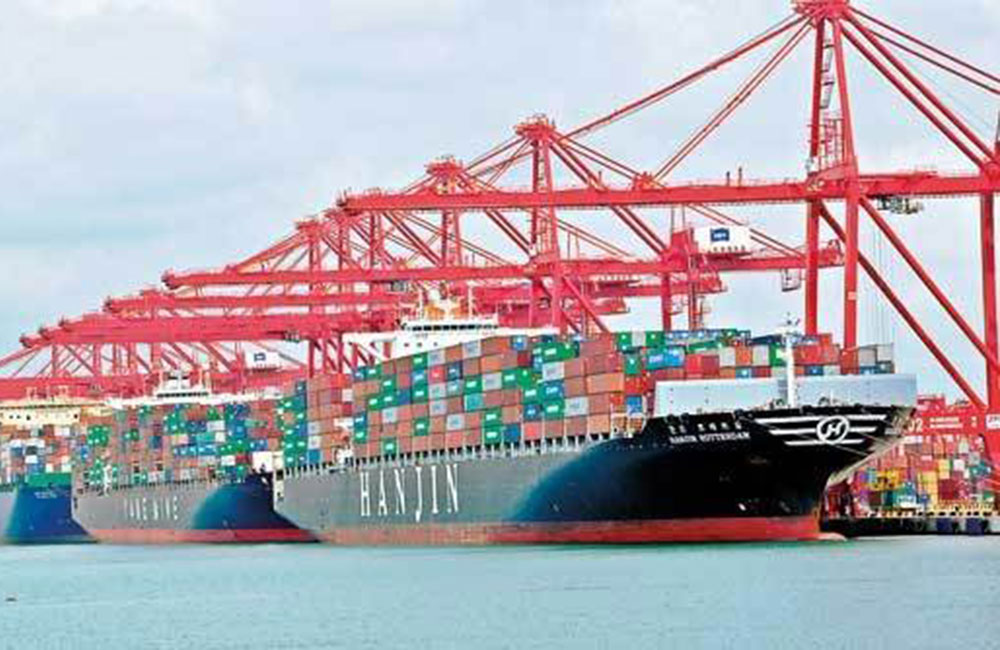
Sri Lanka targets USD 200 Million in boat and shipping exports by 2022
While Sri Lanka’s footprint in global boats and shipping sector is small, exports in the sector continue to surge in strong numbers, and as a result Sri Lanka is ambitiously targeting US$ 200 million boats and shipping exports by 2022, Minister of Industry and Commerce Rishad Bathiudeen says.
“Global ship and boat building industry has slowed down with less and less demand Due to global economic pressures. Despite this it is interesting to note that Sri Lankan boat builders and exporters have shown resilience and even increased export revenues,” Minister Bathiudeen said addressing the launch of Boat Show Sri Lanka 2018 at Cinnamon Grand Hotel.
The pioneering web portal for Lankan boating industry at www.srilankaboating.com was also jointly unveiled on this occasion by Ministers Malik Samarawickrama, John Amaratunga and Rishad Bathiudeen with Chairperson of Exports Development Board (EDB) Indira Malwatte, and Chairman of Boat Building Technology Improvement Institute Neil Fernando.
“This Show will be the first ever marine festival in Sri Lanka organized to showcase the country’s capabilities in marine tourism recreational boating and yachting boat building and related services for export and local markets,” said Minister Bathiudeen. He added that the event is expected to provide ample opportunities to network, shop, connect and get in to know among the best of the Marine Industry of the region.
The National Export Strategy (NES) of the Export Development Board with technical assistance of the International Trade Center Geneva has included the boat and ship building sector as one of the priority sectors to be actively promoted in the export strategy. As a result the Budget 2018 allocated Rs. 100 million for the initial activities of promoting investment in the infrastructure development required for the boating industry.
“Global ship and boat building industry has slowed down with less and less demand Due to global economic pressures. Despite this it is interesting to note that Sri Lankan boat builders and exporters have shown resilience and even increased export revenues. Therefore I am pleased that this event is announced in a background of new reports we receive about increasing export revenues from our Boats & Ships sector,” the Minister said.
He added that last year Sri Lanka’s Boats & Ship Exports increased by 50% to $97 million in comparison to 2016’s $65 million. Many Lankan companies are involved in making boats and ships while 11 identified companies are in exports.
The Minister thanked all the workers and companies involved in the sector for their commitment to develop Sri Lanka’s manufacturing and exports”.
Chairman of Cey-NOr Foundation B.K. Jagath Perera revealed that the government is aiming $100 million boat and ship exports in 2018. He surprised everyone when he said “The 2017 total exports of $97 million does not include our re-exports of ships and boats, which is $ 157 million by such firms as China Harbour Corp.”
Sri Lanka, under its new National Export Strategy targets $200 million exports in this sector by 2022. Global boats and ship building industry, despite its slowdown, is valued $169-$170 Billion annually.
(Eurasia Review)
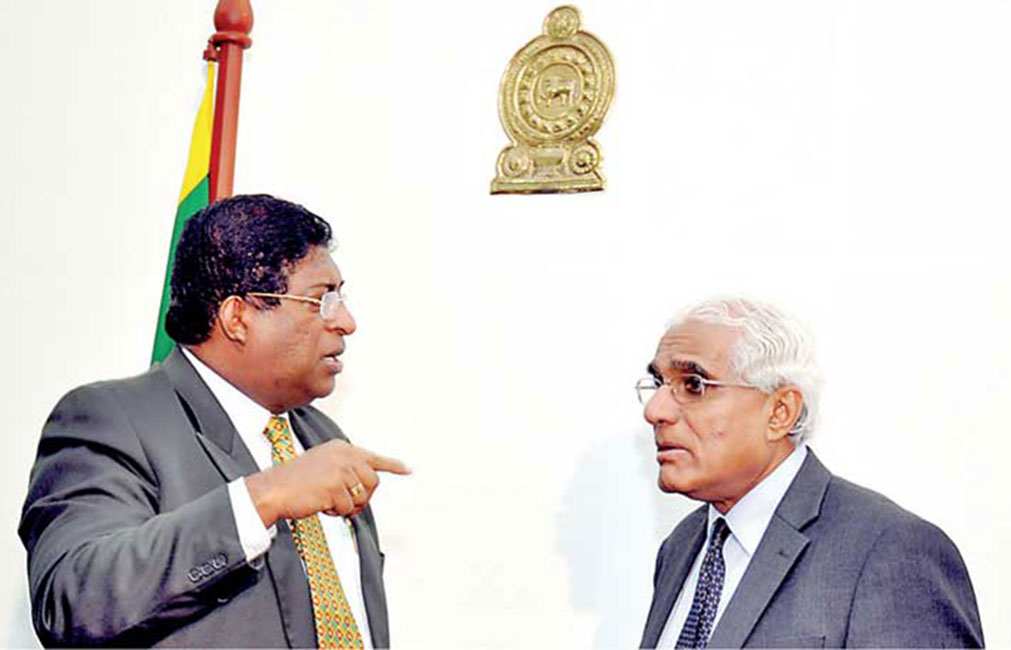
CBSL Governor refutes Ravi K's allegations; defends Senior Deputy Governor
The Governor of the Central Bank, Dr. Indrajith Coomaraswamy has refuted the recent statements made by former Finance Minister Ravi Karunanayake and asked him to submit evidence to support his allegations against Central Bank Senior Deputy Governor Dr. Nandalal Weerasinghe.
Issuing a statement, the Governor said that the former Finance Minister has continuously repeated his allegations against Dr. Nandalal Weerasinghe, the Senior Deputy Governor of the Central Bank of Sri Lanka (CBSL) in recent days.
"As the Governor of the CBSL, I want to formally place on record that Dr. Weerasinghe is an outstanding economist who has made a stellar contribution to the work of the Bank during the two years I have spent in this position."
"In addition, I am compelled to point out that the former Finance Minister Hon Ravi Karunanayake has not produced any evidence to back up his unfounded allegations", he added.
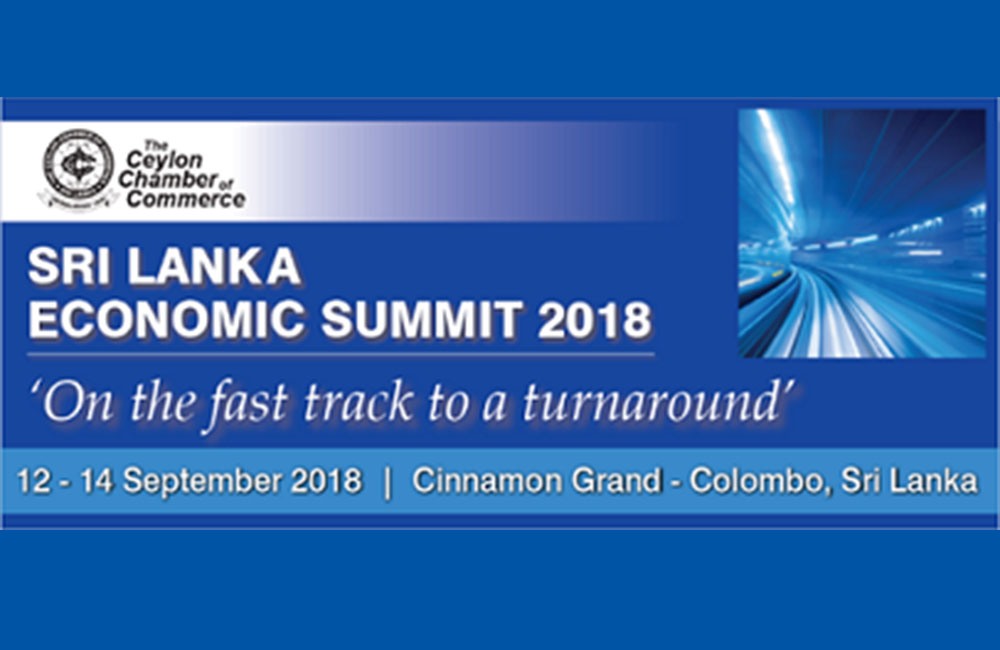
Sri Lanka Economic Summit 2018 on September 12 - 14
The country's foremost economic event - "Sri Lanka Economic Summit 2018", organized by the Ceylon Chamber of Commerce, Sri Lanka's premier business chamber, is to take place on 12th - 14th September at Cinnamon Grand Colombo. The theme for this year's Economic Summit is "On the Fast Track to a Turnaround".
Sri Lanka's economy is once again at a crucial juncture in need of a swift and well-strategized turnaround to bring about economic stability and development. This is in the backdrop of weak local economic growth, rising global commodity prices and uncertainty in global trade.
The summit, spanning over the course of 3 days, will be a wholesome opportunity to learn about government plans to develop the Sri Lankan economy (as well as the progress in implementation of plans), to improve business through knowledge enhancement pertaining to relevant sectors, to identify potential sectors and projects for investment in Sri Lanka, to clarify concerns with key government officials/industry leaders, and also to meet and network.
Last year's Economic Summit saw the participation of many Chairpersons, CEOs, Directors, Senior Managers, foreign investors, senior government officials, and academics. Furthermore, over 40 resource persons, consisting of high profile cabinet ministers, policymakers, business leaders and academics shared insights and made recommendations on how Sri Lanka can transform its economy to realize its potential. The outcomes of the discussions held at last year's summit have led to policy strategies such as the Innovation and Entrepreneurship strategy and Digital Economy Strategy. Furthermore, at last year's summit, the discussions around trade policy and in particular the Singapore FTA has moved forward with the signing of the SLSFTA earlier this year with a policy focus on accessing the ASEAN region.
At this year's summit, the emphasis will be on shaping a turnaround for the Sri Lankan economy whilst delving deep into areas such as trade, investment and services that will help drive this. The focus will also be on learning from successful companies and steering the bureaucracy to work more effectively, thus meeting the emerging challenges.
The Ceylon Chamber is pleased to partner with Standard Chartered Bank who is on board as the platinum sponsor for the event, CHEC Port City (Pvt) Ltd. as gold, Sunshine Holdings as silver, Tata Holdings as the strategic sponsor, and Dialog Axiata PLC as the official telecommunication partner. Echowave, Cinnamon Grand Colombo, and Omnicom Media Group are also on board as partners of the summit.
Registration for the event is open until 5th September 2018 on a first-come, first-served basis, therefore register early to avoid disappointment. For further details, contact This email address is being protected from spambots. You need JavaScript enabled to view it. / This email address is being protected from spambots. You need JavaScript enabled to view it. / This email address is being protected from spambots. You need JavaScript enabled to view it. or call 5588882. (Media Release)
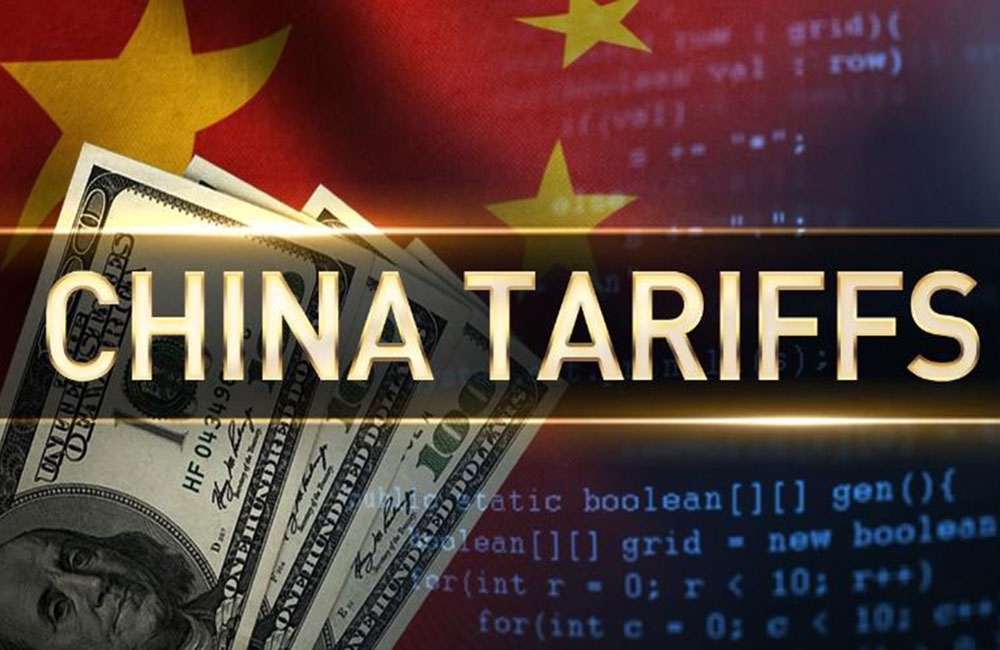
China to reduce tariffs on over 8000 products originating from Sri Lanka
China will reduce or cut to zero tariffs on a total of 8,549 types of goods originating in Sri Lanka and four other Asian countries from 1 July.
The adjustment, covering products made in India, Bangladesh, Laos, South Korea and Sri Lanka, was part of the tariff concession arrangement reached under the Asia-Pacific Trade Agreement (APTA), it said.
The goods include chemicals, agricultural and medical products, clothing, steel and aluminum products. The items on the list from the five Asian countries will have a new tariff rate effective on Sunday.
"The change was decided upon as unilateralism and trade protectionism are on the rise and tensions appear in the trade relations among global economies," the state-run China Daily said, referring to the looming US-China trade war.
After the adjustment, tariffs on 2,323 categories of commodities such as certain chemicals, optical components and television cameras will be reduced, state-run Xinhua news agency reported, citing the ministry.
The move came after a new arrangement was reached during the fourth round of tariff concession negotiations among the six APTA members in January 2017.
The trade agreement, formerly known as the Bangkok Agreement, signed in 1975 and renamed in 2005, has been the oldest preferential trade agreement among economies in the Asia-Pacific region. Formed by six member countries, the trade agreement covers a population of three billion.
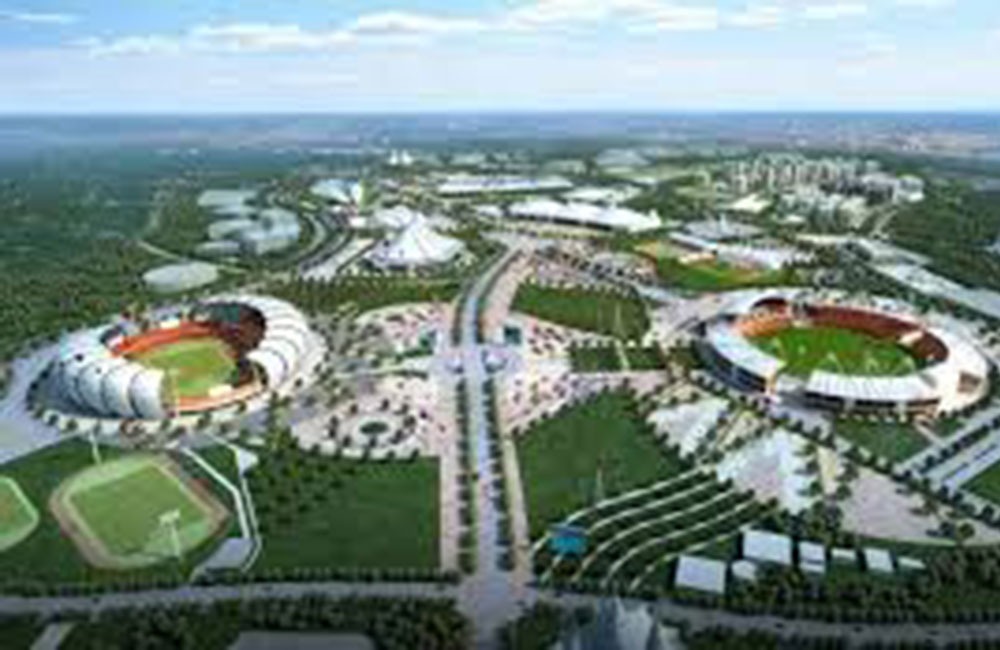
Singapore firm to draw up Chinese investment zone plan in Sri Lanka
(Reuters) - Sri Lanka’s cabinet has approved a proposal for Singapore-based urban planning consultancy Surbana Jurong Pvt Ltd, owned by state investor Temasek Holdings Ltd, to draw up a plan for a Chinese investment zone in the country’s southern port city of Hambantota, a government spokesman said on Wednesday.
The move comes after a delay of more than 18 months in starting the Chinese investment zone around Hambantota port, which is on a long-term lease to Chinese state company.
China has invested billions of dollars building ports, roads and power stations in the island nation just off the southern toe of India as part of its Belt and Road Initiative to increase its trade and other connections across Asia and beyond.
But concerns have grown that such investments could drive the country of 21 million people deeper into debt and undermine its sovereignty, prompting greater scrutiny of deals with China.
Residents clashed with police who used tear gas and water cannon to disperse hundreds of stone-throwing demonstrators protesting against the planned investment zone around Hambantota, when it was launched in January 2017.
The government later said it would look for land in adjoining districts for the 15,000 acre (60.7 square km) zone originally planned, but the deal was delayed by local protests.
Cabinet spokesman Gayantha Karunatileka said “Sri Lanka-China supplies and industries zone” will be established in three stages in Hambantota and the adjoining district of Monaragala.
“It has been proposed simultaneous urban development in Hambantota,” Karunatileka told reporters in Colombo.
An official document showed the government had reduced the size of the zone, managed by the China Harbour Engineering Corporation (CHEC), to 12,500 acres (50.6 square km).
It also showed CHEC had already appointed Surbana Jurong to draw up the plans for the first two phases of the zone which will include social infrastructure such as housing and schools.
Surbana Jurong has already completed two master plans for Sri Lankan government.
Chinese debt-financed infrastructure interest in Sri Lanka has made some countries, including India and the United States, concerned due to Sri Lanka’s proximity to shipping lanes through which much of the world’s trade passes en route to China and Japan. The countries also have raised concerns over the possible presence of Chinese military in Sri Lanka.
The Chinese embassy in Colombo has rejected the claims of a military presence on the island.
Sri Lanka’s foreign debt rose nearly 17 percent to 4.72 trillion rupees ($30 billion) last year, a fifth of that coming from loans from China to finance the construction programme.
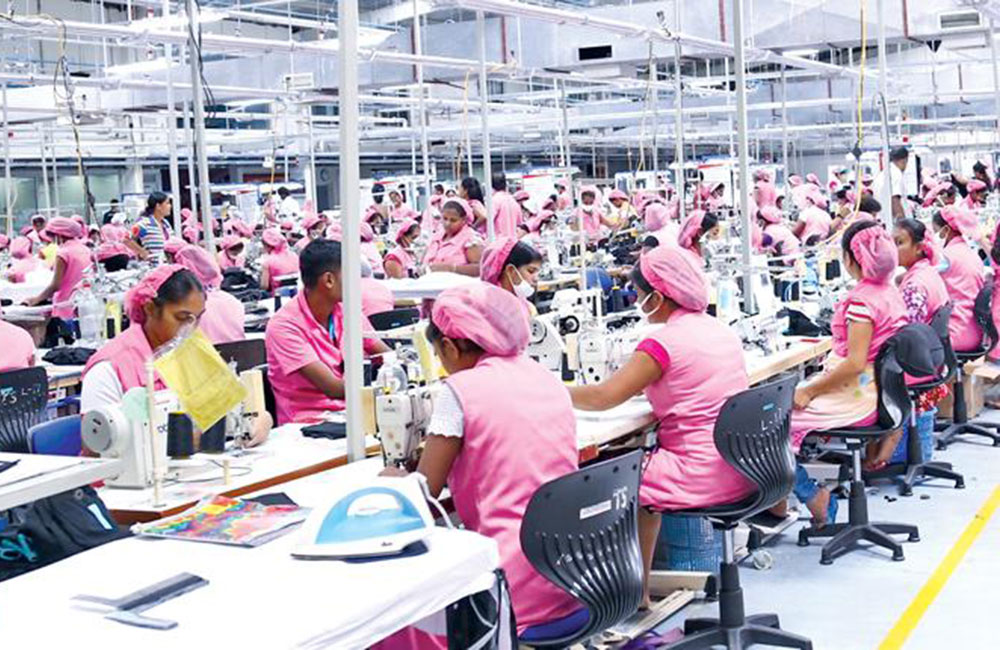
Lankan manufacturing sector PMI improves
The Manufacturing Sector's Purchasing Manger Index (PMI) recovered in May following the seasonal contraction observed in the previous month and recorded an index value of 60.6 in May with an increase of 15.1 index points from April.
The recovery of PMI was largely attributable to the significant increase in production to cater both the new orders received during the month and the uncompleted orders received in April due to the new year holidays, especially in the manufacturing of textiles, wearing apparel, leather and other related products.
Overall, all the sub-indices of PMI recorded values above the neutral 50.0 threshold in May 2018 signaling an overall expansion in manufacturing activities during the month.
Moreover, the expectation for activities indicates an improvement for the next three months. The Services Sector PMI recorded 56.9 index points in May 2018 from 53.2 index points in April 2018.
The service sector experienced a strong upturn in May following subdued activity levels seen in April and was mainly supported by the faster growth in new businesses, business activity and employment.
The rise in new businesses and business activities was mainly observed in financial services, telecommunication and warehousing sectors.
Respondents cited expansion of service delivery channels and technology based improvements as contributory factors to this growth.
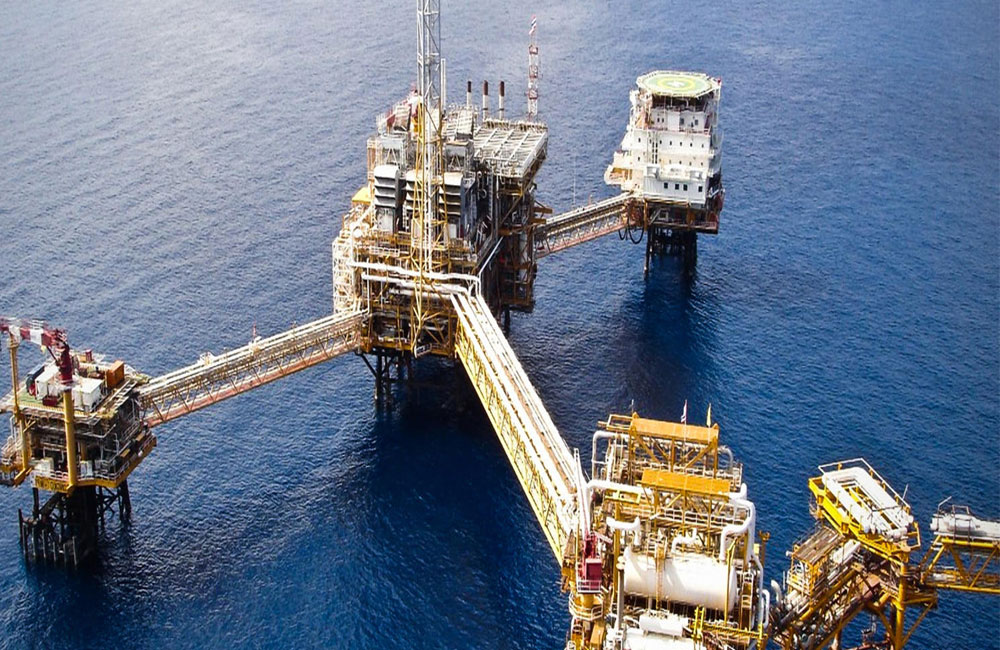
Sri Lanka showing renewed interest in Oil and Gas exploration
Interest in oil and gas exploration in Sri Lanka is showing signs of rebounding, according to oil and gas analysts at BMI Research.
“After years of muted exploration activity amid a global oil price downturn, appetite for oil and gas exploration in Sri Lanka is gradually returning, alongside stronger prices and improving market fundamentals,” the analysts said.
“In May 2018, Sri Lanka's Petroleum Resources Development Secretariat announced the signing of several 2D and 3D seismic acquisition deals with Total and Schlumberger to assess the commercial potential of its offshore blocks along the east coast and in the Mannar basin,” the analysts added.
“Any commercial discoveries would take Sri Lanka a step closer to commencing its first oil and gas production,” they continued.
BMI said Sri Lanka’s desire to produce its own oil and gas “largely” stems from the need to improve energy security and manage a “hefty” fuel import bill.
“The country spent $3.5 billion on crude oil and refined fuels imports in 2017, an increase of 40 percent year-on-year, and equivalent to 4 percent of the GDP,” the analysts said.
Government efforts to attract more upstream investment have been “stymied” to date by a combination of low oil prices, regulatory issues, limited availability of seismic data and competition from other upstream markets in the region, according to BMI.
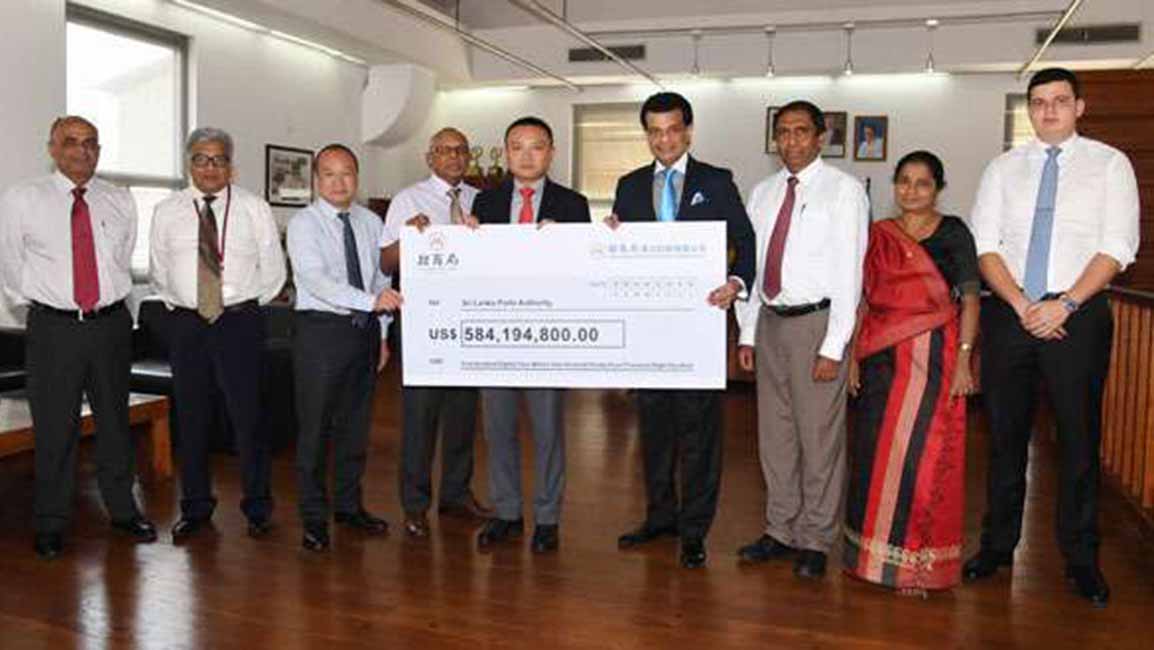
Sri Lanka receives final tranche of USD 584 million for Hambantota port
The Ministry of Ports and Shipping in a statement today said that the final tranche of investment value for the Hambantota Port concession was released by China Merchant Port Holdings Limited (CM Port).
This third final tranche in the amount of USD 584,194,800 follows the 1st and 2nd tranches released in December last year and January 2018, amounting to USD 292 million and USD 97 million respectively. With this payment, CM Port fulfills the USD 976 million investment value 1 of the port concession and in terms of the Concession Agreement, CM Port has agreed to deposit a further sum of USD 146 million being investment value 2 to be utilized for port and marine related activities.
This incidentally makes the single highest ever Foreign Direct Investment (FDI) received by Sri Lanka to date, the Ministry added.
The two companies established in Hambantota plans further to invest an additional USD 400 million to USD 600 million on phase I and II of the Hambantota Port. These investments will attract many other foreign investors to the country, making Sri Lanka a pivotal maritime and Logistics Centre
“CM Port is one of the most successful global companies in the ports sector, and their investment in the Port of Hambantota can be described as a credible vote of confidence in its potential as well as in the economy of Sri Lanka,” said Parakrama Dissanayake – Chairman SLPA.

Sri Lanka tourist arrivals surpasses one million in first 5 months
Sri Lanka's tourist arrivals rose 6.2 percent in May this year compared to the same period last year, surpassing one million arrivals in the first five months of 2018, the data released by the Sri Lanka Tourism Development Authority (SLTDA) showed.
The month recorded 129,466 tourists arriving in the country compared to the 121,891arrived in May 2017.
As at 31st May, 1,017,819 tourists had visited Sri Lanka for this year. It is a 14.7 percent growth over last year when 887,093 tourists had visited the country during the same period.
Excerpts from : Colombo Page
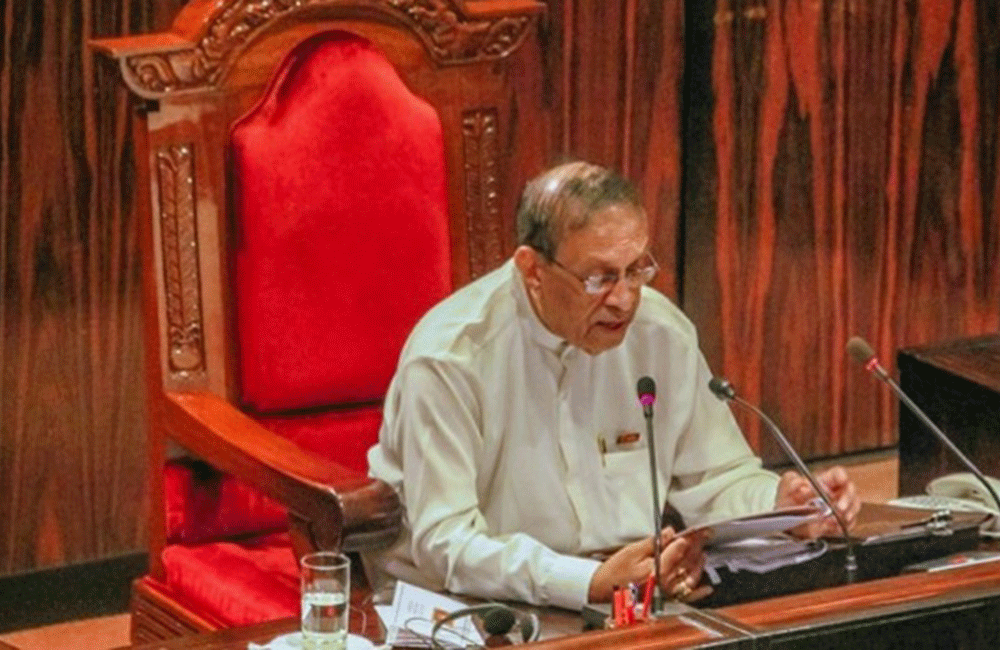
Losses at Govt. bodies sore to a staggering LKR 50 billion
The losses incurred by government institutions last year is over LKR 50 billion, Speaker of the House Karu Jayasuriya said yesterday. He pointed out that these funds could have been used for the welfare of the public or economic development, if proper public finance management was carried out by these institutes.
Speaker Jayasuriya also said that these losses should draw more public attention.
“Instead we see reports of 118 MPs who are alleged to have been involved in the Treasury Bond issue, of which neither me nor the Presidential Secretary is aware of,” he said.
The Speaker was addressing an awareness programme for Parliamentary journalists organised by the Westminster Foundation for Democracy, at the Waters Edge in Baththaramulla yesterday (18) morning. He also observed that a survey in 2014 revealed that 40% of all government department expenses is wasted.
The Speaker pointed out that the Committee on Public Accounts and Committee of Public Enterprises are now able to summon the media at any time to update the public on investigations that they are conducting. Speaking on the strict supervision maintained by the present government over public fund management, Jayasuriya said that public funds cannot be used according to whims and fancies (of officers) like in the previous times.
“Now nobody can spend public money as they wish for whatever they want. We are striving hard for transparency in utilising public funds. The government institutions have to undergo an internal audit every three months now, unlike in the previous times. The government departments must submit information required by COPA on time, otherwise the responsible authorities will be regarded as not qualified to handle these subjects," the Speaker added.
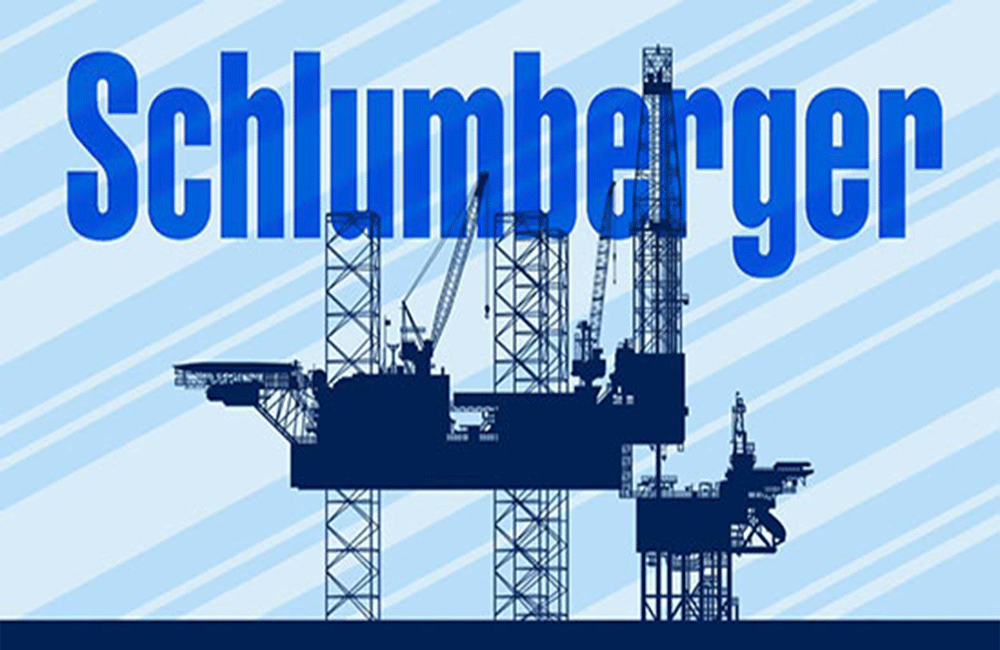
Sri Lanka signs deal with Schlumberger subsidiary for USD 50 million seismic study
Reuters - Sri Lanka on Wednesday signed an agreement with a subsidiary of U.S. firm Schlumberger for a $50 million seismic study off the country’s east coast to evaluate any prospective oil resources, a senior government official said.
Sri Lanka signed the agreement with Eastern Echo DMCC, a subsidiary of Schlumberger, to carry out seismic data acquisition surveys, advance data processing and interpretation work or modeling of petroleum systems.
“The main objective of entering into this agreement is to acquire more petroleum data using modern acquisition and processing techniques,” Arjuna Ranatunga, Minister of Petroleum Resources Development told reporters after signing the agreement in the Sri Lankan capital Colombo.
Ranatunga also said that the company would invest at least $50 million for several data acquisition projects, including 2D and 3D seismic, in selected offshore areas around Sri Lanka and would recover the investment from sales proceeds to multiple investors.
This agreement follows comments on May 4 from the Director general at Petroleum Resources Development Secretariat (PRDS) Vajira Dassanayake, who said Sri Lanka would sign agreements with French oil company Total and Eastern Echo DMCC for a seismic study off its east coast.Sri Lanka first signed a deal with Total in 2016 to conduct a study off the eastern coast but this did not take place.
Total had earlier signed a two-year agreement with PRDS to survey around 50,000 sq km off the east coast from the air, at a cost of $25 million to acquire data on unexplored areas.
Dassanayake earlier in May said Total would invest $3 million to $10 million for the seismic study, while Eastern Echo DMCC would carry out the marine survey.
Officials from Total and Schlumberger did not immediately respond to requests for comment.
Sri Lanka produces no oil and is dependent on imports for all of its fuel requirements, despite trying to reinvigorate oil and gas exploration after its 25-year civil war with Tamil separatists ended nine years ago.
Importing oil cost the island $3.2 billion in 2017.
Page 15 of 20